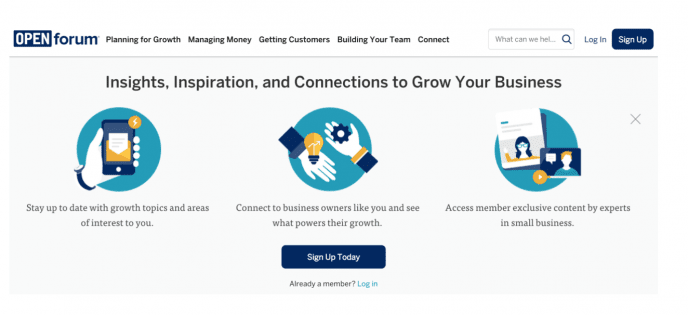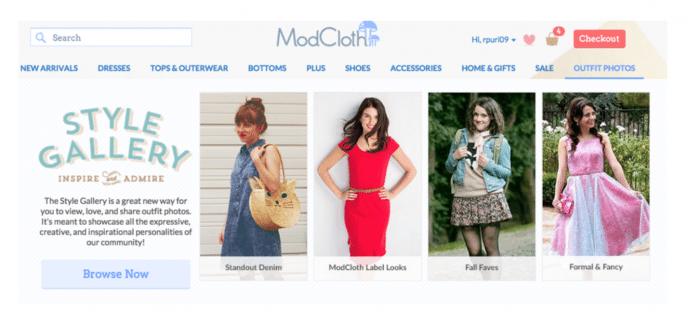If you’re wondering how to create a content optimization strategy, you’re not alone. Most marketers understand the value of engaging audiences through content but aren’t sure how to tie their efforts back to sales. While some campaign owners expect content to lead directly to transactions, others see content as a means of strengthening brand perception. The actual ROI of content, however, is in the middle.
It’s true that most content does not lead directly to a purchase, but when done correctly, every story you publish should lead consumers closer to buying your product. Here are 3 simple content optimizations that you should make today:
Keep your value prop visible.
The power of content as a marketing tool is that it’s ubiquitous across channels: audiences are finding your content through social media, search, PPC, direct referrals, and more. Some of your readers know your company well, and others will be discovering your content for the first time. In all cases, it’s important to keep your company’s value proposition front and center. Why should readers take the time to read your content? More importantly, why should your readers take a step even further to do business with your company? The answers to these questions should be clear and easy to scan on your blog.
As an example, check out American Express OPEN Forum, a content hub that attracts and engages small business owners. The company features a short tagline that expands into an infographic. It takes 30 seconds for readers to develop a full understanding of OPEN Forum’s positioning and value.

Keep case studies visible.
Rule #1 of content marketing is that your infographics and blog articles should not be salesy. Your audiences want to read something interesting, educational, and engaging—not something that feels like a giant ad. At the same time, your content marketing needs to move audiences closer to purchase. How do you strike a balance between the two?
Share case studies and testimonials throughout your blog. These marketing assets will help you promote your product and company without being salesy. They’re helpful resources and storytelling tools that are interesting and educational: a strong fit for the space between “storytelling” and “transaction.”

For B2B companies, case studies may take the shape of a PDF and follow a “challenge, methods, results” format. For B2C companies, case studies may take a different shape or form altogether. As an example, women’s fashion boutique ModCloth allows shoppers to submit photos of products in their user reviews. ModCloth further distributes these ‘case studies’ through its Style Gallery, which is a content marketing platform in itself.

Make sure that these ‘testimonials’ are readily available from your content campaigns on your blog and otherwise.
Convert readers into subscribers.
For new audiences, content marketing serves as an introductory handshake. In many cases, a an article or infographic is the first interaction that your audience will have with your company. Other times? Your existing customers may just be browsing, with no purchase intent in mind. In any case, it’s important to be mindful of the following trend: people who are reading your content are in research and ‘entertain me’ mode. They may be open to a transaction down the line but will need some engagement along the way.
Now, you’re probably wondering: will people seriously just share their email addresses? The answer is no and yes.
Great content isn’t enough of a value proposition to attract audiences to your newsletter. What you can do is give something away: a freebie, an in-depth piece of content, or email mini-course. Be helpful and figure out what you can give away to add the most value while building your list. Unbounce, for instance, features free landing page templates at the bottom of each blog post.

Final thoughts.
Content marketing isn’t a sales tool, but it isn’t a brand-building tool, either. It’s a platform for building relationships at scale.
Once you’ve developed a relationship with your potential customer, it’s possible that they might be ready to give a product like yours a try. However, just because they’re in the evaluation stage doesn’t necessarily mean they’re going to choose yourbrand.
Your goal is simple: establish, deepen, and nurture relationships with your audience. This simple perspective will yield an uptick to your conversions.